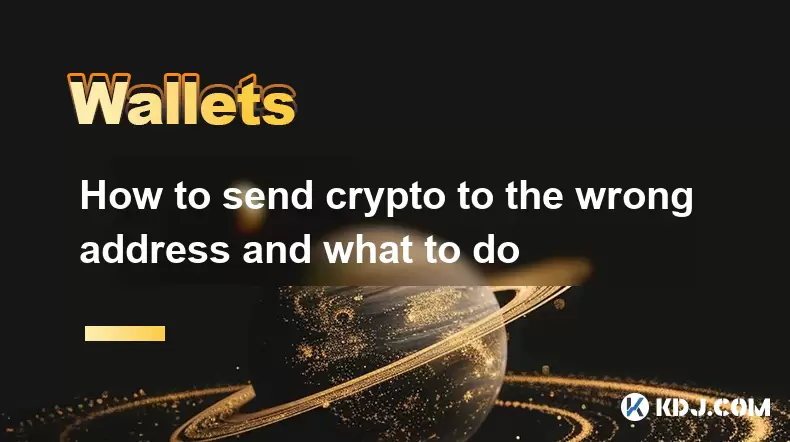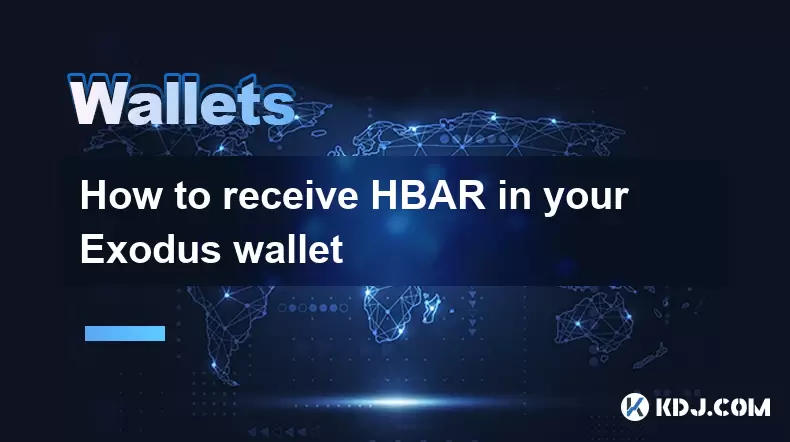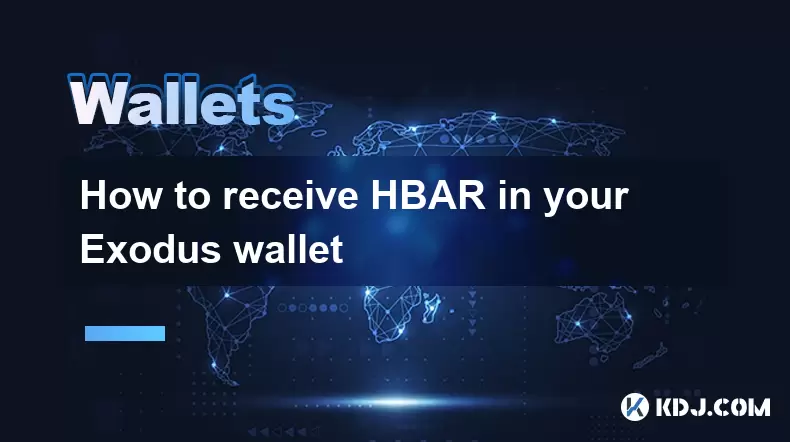-
 Bitcoin
Bitcoin $116900
0.00% -
 Ethereum
Ethereum $4280
5.48% -
 XRP
XRP $3.265
-1.45% -
 Tether USDt
Tether USDt $1.000
-0.01% -
 BNB
BNB $807.0
1.41% -
 Solana
Solana $183.1
2.93% -
 USDC
USDC $0.9999
0.00% -
 Dogecoin
Dogecoin $0.2440
6.50% -
 TRON
TRON $0.3357
-0.88% -
 Cardano
Cardano $0.8178
2.63% -
 Hyperliquid
Hyperliquid $44.13
7.45% -
 Chainlink
Chainlink $21.39
9.09% -
 Stellar
Stellar $0.4524
-0.84% -
 Sui
Sui $3.957
2.13% -
 Bitcoin Cash
Bitcoin Cash $572.7
-2.54% -
 Hedera
Hedera $0.2671
1.54% -
 Avalanche
Avalanche $24.77
4.17% -
 Ethena USDe
Ethena USDe $1.001
0.02% -
 Litecoin
Litecoin $122.3
-1.94% -
 Toncoin
Toncoin $3.432
2.26% -
 UNUS SED LEO
UNUS SED LEO $9.007
0.49% -
 Shiba Inu
Shiba Inu $0.00001396
5.26% -
 Uniswap
Uniswap $11.09
1.64% -
 Polkadot
Polkadot $4.155
4.57% -
 Dai
Dai $1.000
0.00% -
 Pepe
Pepe $0.00001253
5.11% -
 Cronos
Cronos $0.1588
2.67% -
 Bitget Token
Bitget Token $4.512
0.05% -
 Monero
Monero $275.0
0.64% -
 Ethena
Ethena $0.7527
15.10%
How to send crypto to the wrong address and what to do
Sending crypto to the wrong address is often irreversible—always verify the recipient and network before confirming, as blockchain transactions cannot be undone.
Aug 09, 2025 at 11:14 pm

Understanding the Risks of Sending Crypto to the Wrong Address
Sending cryptocurrency involves irreversible transactions once confirmed on the blockchain. Unlike traditional banking systems, blockchain transactions cannot be reversed by a central authority. If you send crypto to an incorrect address, there is no built-in mechanism to retrieve the funds. This makes accuracy critical during every transfer. The recipient address must be 100% correct, including all characters and the correct network protocol. Even a single character mismatch can result in permanent loss. Always double-check the recipient's public key before confirming. Many wallets offer QR code scanning to reduce human error, which is highly recommended.
Common Causes of Sending Crypto to the Wrong Address
Several scenarios lead to sending crypto to an incorrect destination. One frequent cause is copy-paste errors when transferring long alphanumeric addresses. Users may accidentally include a space or miss a character. Another issue arises from using the wrong network—for example, sending ERC-20 tokens via the BSC network. This mismatch sends funds to an unreachable address. Some wallets allow cross-chain transfers but do not warn users adequately. Also, reusing old or inactive addresses may result in funds being sent to a wallet no longer in use. Phishing attacks or malicious software can also alter clipboard content, silently replacing the intended address with the attacker’s.
Immediate Actions to Take After a Wrong Transfer
If you realize you've sent crypto to the wrong address, act quickly but calmly. First, verify the transaction on a blockchain explorer like Etherscan or Blockchain.com. Enter your transaction hash (TXID) to confirm the destination address and amount. Check if the transaction has been confirmed. If it’s still pending, some networks allow replacing it with a higher gas fee, though this only works before confirmation. Next, determine the nature of the address. Is it a known exchange wallet, a private wallet, or an invalid format? If it’s an exchange, contact their support with the TXID and request assistance. Exchanges sometimes hold funds sent in error and may return them upon verification.
- Check the blockchain status of the transaction
- Confirm the recipient address format and validity
- Contact the recipient if identifiable (e.g., exchange or known entity)
- Report to your wallet provider for potential recovery options
Recovery Options Based on Recipient Type
The possibility of recovery depends heavily on who controls the destination address. If the address belongs to a centralized exchange like Binance or Coinbase, there is a chance of retrieval. These platforms monitor incoming transactions and may freeze or return funds sent in error. You must provide proof of the transaction, your identity, and a detailed explanation. However, private wallets with no known owner offer no recovery path. No one can access the private keys unless the owner voluntarily returns the funds. In cases where the address is on a different network, such as sending ETH to a BTC address, the funds are typically lost forever because the networks are incompatible and no private key exists for that hybrid address.
Some blockchain analysis firms offer forensic tracing services. While they cannot reverse transactions, they can identify patterns or link addresses to known entities. This may help in legal follow-up or negotiation. Never pay third-party "recovery services" that promise to return your funds—most are scams. Legitimate blockchain operations do not allow unauthorized access to private keys.
Preventive Measures to Avoid Future Mistakes
Prevention is the most effective strategy against wrong transfers. Always use wallet features like address book saving for frequent recipients. This reduces the need to manually input addresses. Enable two-factor authentication (2FA) on your wallet to add a layer of security. Utilize wallets that support address validation, such as those that flag non-standard formats or known scam addresses. Before sending, send a small test transaction to verify the address works correctly, especially for large transfers.
- Save verified addresses in your wallet’s contact list
- Use QR codes instead of manual typing
- Enable network-specific warnings in your wallet settings
- Install anti-phishing tools that monitor clipboard changes
Many modern wallets now include real-time risk alerts when an address has never been used or is flagged for suspicious activity. Take these warnings seriously. Also, ensure your device is free from malware that could manipulate transaction details.
What Happens When the Address Is Technically Invalid?
If you attempt to send crypto to an address that doesn’t meet the network’s format requirements, the transaction may fail before broadcasting. For example, Ethereum addresses must be 42 characters long and start with “0x”. If the input is shorter or malformed, most wallets will block the transaction and display an error. However, if the address is valid in structure but incorrect in destination, the transaction will proceed. In rare cases, sending to a contract address not designed to receive tokens can result in permanent loss, as the smart contract lacks withdrawal functions. Always verify token compatibility with the receiving contract, especially for ERC-20, BEP-20, or SPL tokens.
FAQs
Can I cancel a crypto transaction if it hasn’t been confirmed yet?
You cannot cancel a transaction, but you may be able to replace it. On networks like Ethereum, you can issue a new transaction with the same nonce but a higher gas fee, effectively overriding the original. This requires technical knowledge and must be done before confirmation.
What if I sent crypto to an address I control but on the wrong network?
If you sent BNB to an Ethereum wallet address, for instance, the funds are likely unrecoverable unless the wallet supports both networks and you have access to the private key for that address on the correct chain. Always ensure network compatibility before sending.
Is there any legal recourse if someone receives my crypto by mistake?
Legally, receiving funds by error may constitute unjust enrichment. You can attempt to identify the recipient through blockchain analysis and pursue legal action, but enforcement is difficult without knowing their identity. Jurisdictional challenges make this process complex and often impractical.
Do hardware wallets prevent wrong address transactions?
Hardware wallets display the recipient address on their screen for confirmation. This helps prevent malicious software from altering the destination. However, they do not stop user errors like sending to the wrong saved address or incorrect network. User vigilance remains essential.
Disclaimer:info@kdj.com
The information provided is not trading advice. kdj.com does not assume any responsibility for any investments made based on the information provided in this article. Cryptocurrencies are highly volatile and it is highly recommended that you invest with caution after thorough research!
If you believe that the content used on this website infringes your copyright, please contact us immediately (info@kdj.com) and we will delete it promptly.
- Cold Wallet's Presale: A High ROI Haven in the Crypto Storm
- 2025-08-10 12:50:11
- Meme Coins in 2025: Analyst Accumulation and the Hunt for the Next Moonshot
- 2025-08-10 13:10:11
- Meme Coins in 2025: Early Access to the Moon with $MOBU
- 2025-08-10 12:30:11
- Bitcoin's Golden Cross: Rally Outlook and What's Next
- 2025-08-10 12:30:11
- XRP Price, Remittix, and Ripple Rivals: A Crypto Cocktail
- 2025-08-10 10:50:16
- Live Crypto Updates, August 10: ETH Soars, Trump's Crypto Play, and More!
- 2025-08-10 11:30:16
Related knowledge

How to manage your portfolio in Exodus wallet
Aug 08,2025 at 10:07pm
Understanding the Exodus Wallet InterfaceThe Exodus wallet is a non-custodial cryptocurrency wallet that supports a wide range of digital assets. When...

How to reset your MetaMask password
Aug 08,2025 at 01:28pm
Understanding the MetaMask Password Reset ProcessMany users confuse the MetaMask password with the seed phrase or private key, but they serve differen...

How to buy Dogecoin on MetaMask
Aug 08,2025 at 03:42am
Understanding Dogecoin and MetaMask CompatibilityDogecoin (DOGE) is a popular meme-based cryptocurrency that operates on its own blockchain, originall...

How to switch between networks in Trust Wallet
Aug 09,2025 at 11:07am
Understanding Network Switching in Trust WalletSwitching between networks in Trust Wallet allows users to manage assets across different blockchains, ...

How to receive HBAR in your Exodus wallet
Aug 08,2025 at 11:28pm
Understanding HBAR and the Hedera NetworkThe HBAR cryptocurrency is the native token of the Hedera Hashgraph network, a distributed ledger technology ...

How to receive HBAR in your Exodus wallet
Aug 09,2025 at 06:07am
Understanding HBAR and the Hedera NetworkHBAR is the native cryptocurrency of the Hedera Hashgraph network, a distributed ledger technology that uses ...

How to manage your portfolio in Exodus wallet
Aug 08,2025 at 10:07pm
Understanding the Exodus Wallet InterfaceThe Exodus wallet is a non-custodial cryptocurrency wallet that supports a wide range of digital assets. When...

How to reset your MetaMask password
Aug 08,2025 at 01:28pm
Understanding the MetaMask Password Reset ProcessMany users confuse the MetaMask password with the seed phrase or private key, but they serve differen...

How to buy Dogecoin on MetaMask
Aug 08,2025 at 03:42am
Understanding Dogecoin and MetaMask CompatibilityDogecoin (DOGE) is a popular meme-based cryptocurrency that operates on its own blockchain, originall...

How to switch between networks in Trust Wallet
Aug 09,2025 at 11:07am
Understanding Network Switching in Trust WalletSwitching between networks in Trust Wallet allows users to manage assets across different blockchains, ...

How to receive HBAR in your Exodus wallet
Aug 08,2025 at 11:28pm
Understanding HBAR and the Hedera NetworkThe HBAR cryptocurrency is the native token of the Hedera Hashgraph network, a distributed ledger technology ...

How to receive HBAR in your Exodus wallet
Aug 09,2025 at 06:07am
Understanding HBAR and the Hedera NetworkHBAR is the native cryptocurrency of the Hedera Hashgraph network, a distributed ledger technology that uses ...
See all articles

























































































